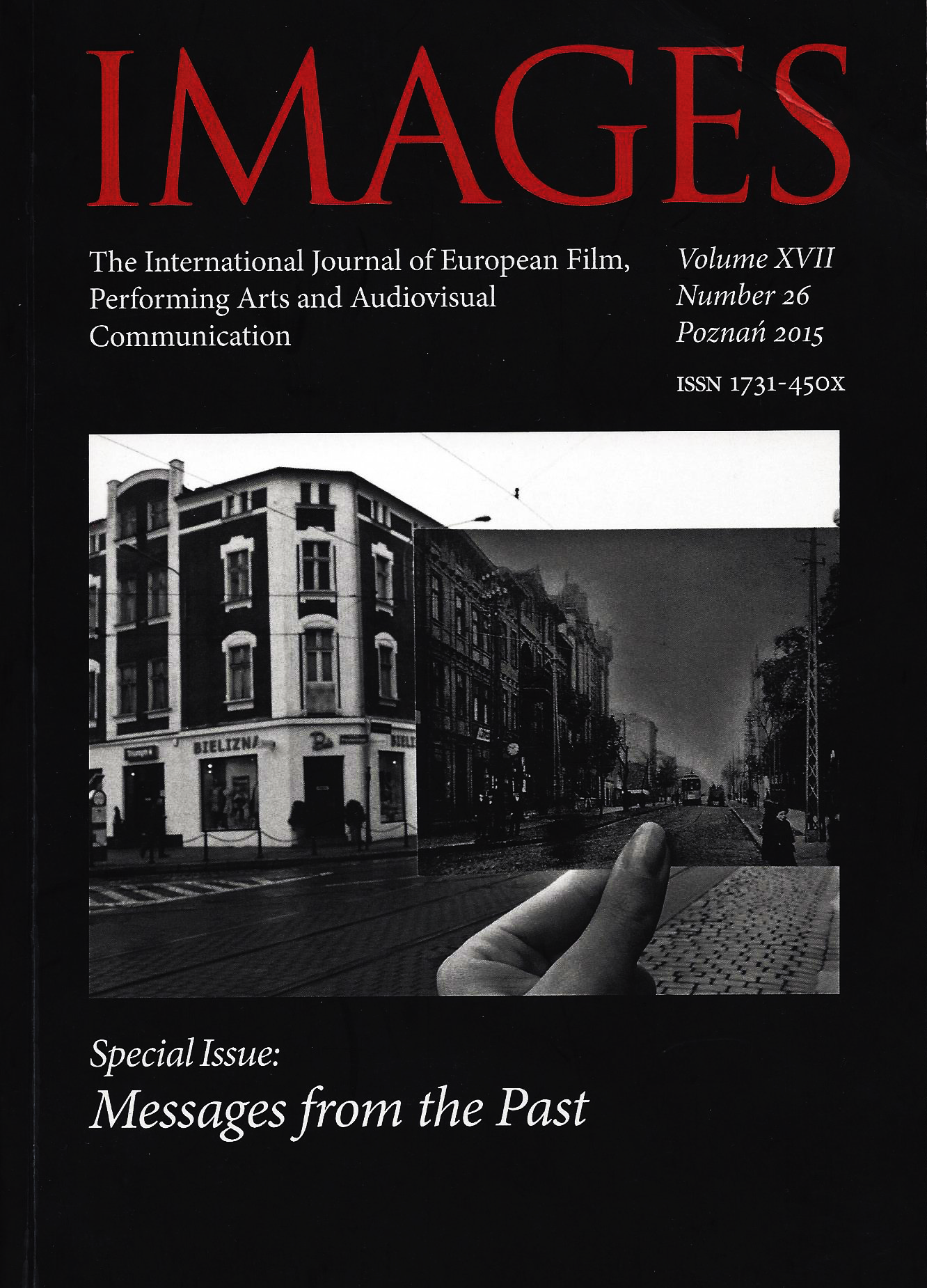Muzyka i horror. "Lśnienie" Stanleya Kubricka
Music and horror. Stanley Kubrick's "shining."
Author(s): Krzysztof KozłowskiSubject(s): Music, Sociology of Culture, Film / Cinema / Cinematography, Sociology of Art
Published by: Uniwersytet Adama Mickiewicza
Keywords: semantisation of music; programme music; instrumental music; diabolus in musica; music and horror;
Summary/Abstract: This article will argue that in The Shining, Kubrick has constructed a radical semantisation of instrumental music, composed or adapted to the film. It could be argued that in this context Kubrick has produced such a sophisticated backdrop of fusion between music and film that this production can be considered one of the masterpieces in this field. In this light, the study shall discuss five aspects: the context of programme and instrumental music in respect to both conflicting and complementary tendencies of 19th c. aesthetics, discussion of the simplest compositions used to demonstrate the film’s world of the inferno and finally, Kubrick’s complex semanticisation based on a clear labyrinth construction (catalyzing fear in the labyrinth-trap).The study shall employ Carl Dahlhaus’ (1971) model of “method of interpretative analysis” used in respect to Richard Wagner as well as the notion of Wagners Konzeption des musikalischen Dramas. Further, the discussion shall be based on a complementary authorial methodology in three parts; a reading of non-musicological semantic markers of synchronically arranged fragments of instrumental composition used in film narration, a diachronic analysis of forms and their elements relating to the film score and last, an examination of the most functional of concepts relating to the aesthetics of music.On the basis of the above mentioned issues, it shall be maintained that the music used as an overlay to the unfolding narrative of the film, though multifarious in construction, is powered by a dominant topos, diabolus in musica, which is realized in the form of “polyphony without cantus firmus”. This in turn supports the view that the role of music ought to be seen as one integral to film as a communicative medium, and not one simply of background, as some would argue.In conclusion, it shall be argued that in constructing a semantic framework of music in such a rich multi-level fashion, Kubrick has turned the role of music into an integral element of a highly complex artistic structure. This, it ought to be added, allows the score of this film to be placed at the same level as synthetic works of art (musical drama) and in terms of the genre horror, The Shining is the most “musicalised” of Kubrick’s films.This study may provide a basis for further research into the nature of Film, in particular, the work of Stanley Kubrick.
Journal: Images. The International Journal of European Film, Performing Arts and Audiovisual Communication
- Issue Year: 7/2009
- Issue No: 13-14
- Page Range: 47-64
- Page Count: 18
- Language: Polish

